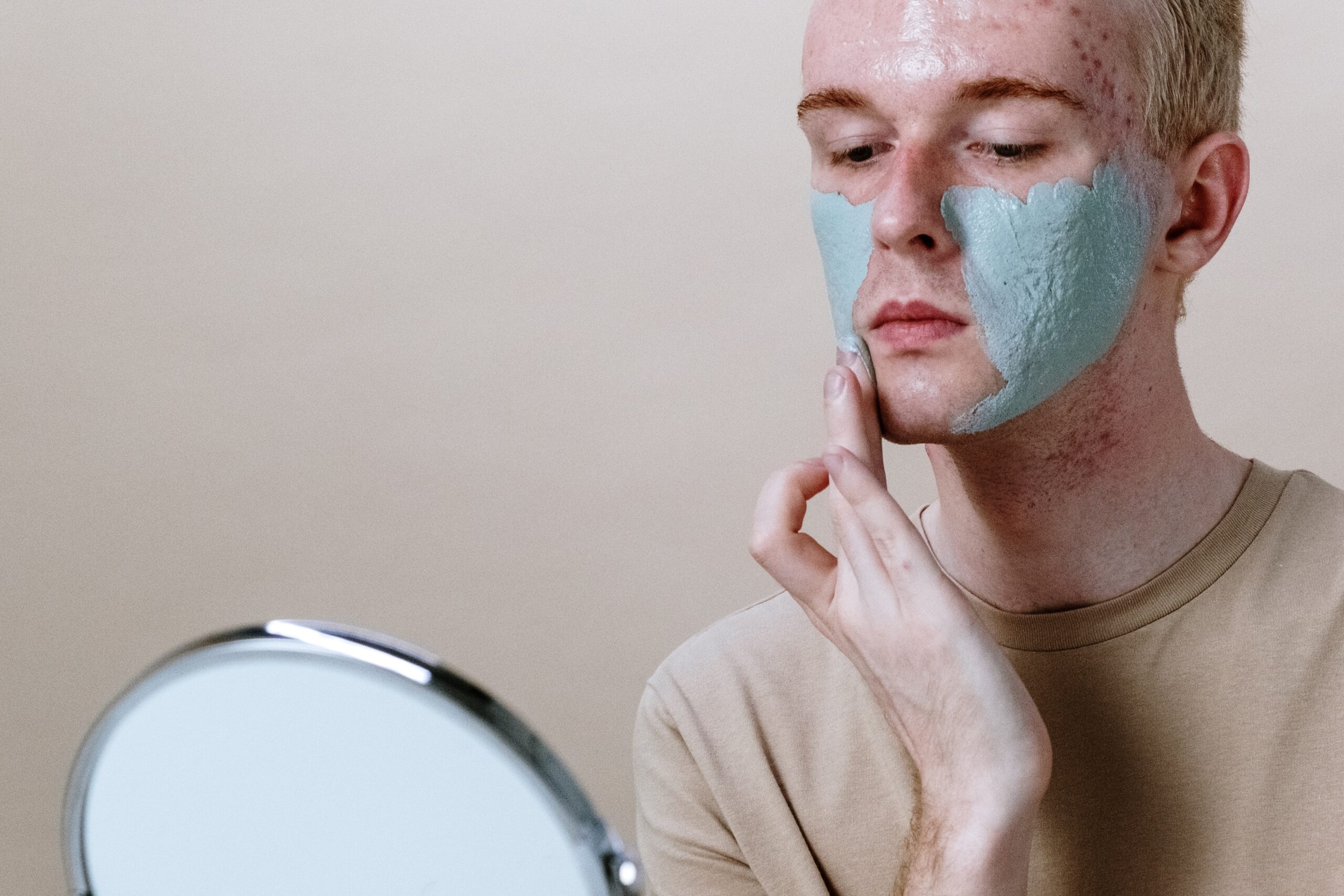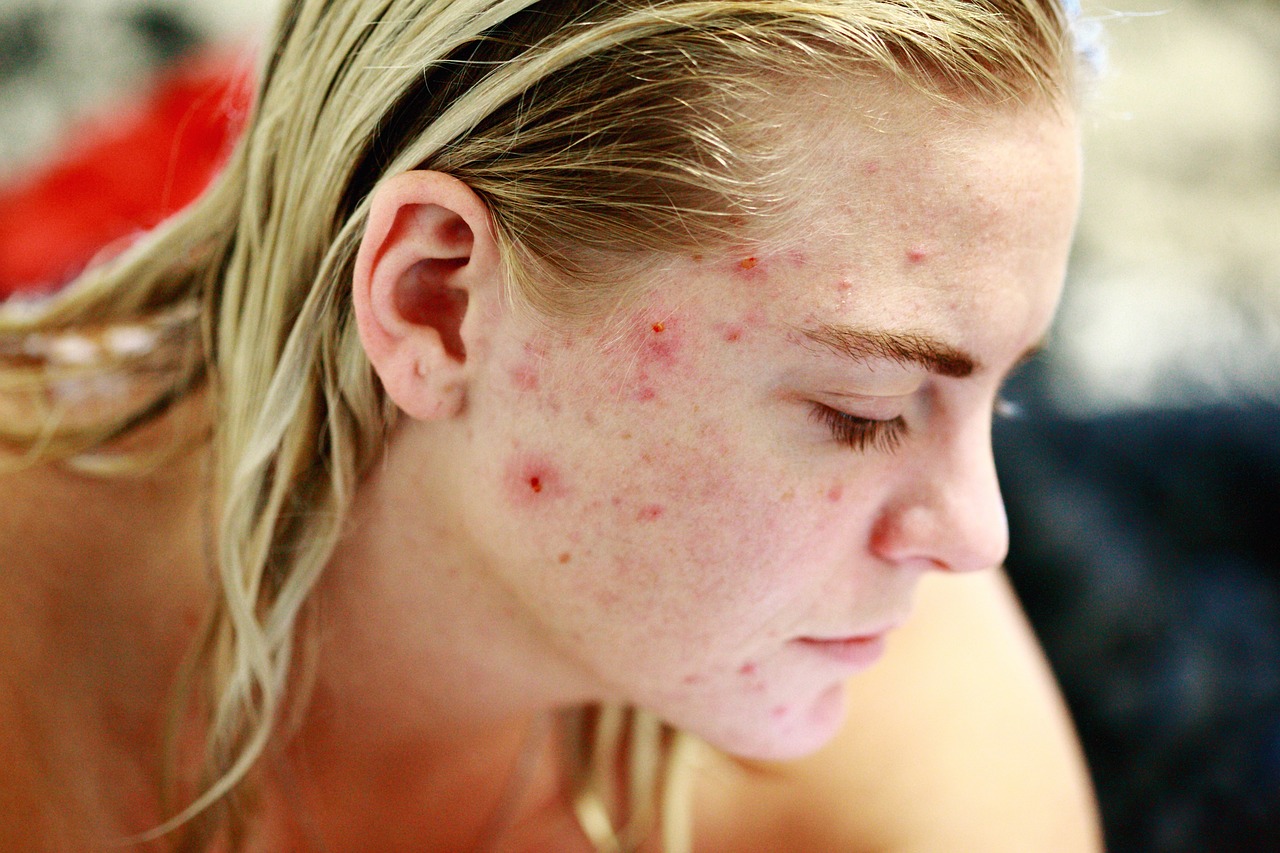Cystic acne, characterized by deep-seated, painful lesions, is a formidable adversary in the realm of skin conditions. When it manifests on the neck, its presence becomes even more challenging, both physically and emotionally. The neck, a highly visible and sensitive area, requires specialized care, especially when dealing with such severe acne. Understanding the intricacies of this condition, its underlying causes, and the most effective treatments is paramount. This article delves into the world of cystic acne on the neck, offering a beacon of knowledge and hope for those seeking relief from this distressing ailment. Understanding the root causes and seeking appropriate treatments are crucial steps in managing this condition.
Causes of Cystic Acne on the Neck
Hormonal Fluctuations: Hormones play a significant role in acne development. Androgens, male hormones present in both men and women, can increase during puberty, menstruation, or due to conditions like PCOS, leading to enlarged pores and increased oil production. This excess oil can trap bacteria and dead skin cells, leading to acne.
Excessive Oil Production: The sebaceous glands produce sebum (oil) to keep our skin moisturized. However, overactive glands can produce too much oil, leading to clogged pores. This excess oil can mix with dead skin cells and become a breeding ground for bacteria, resulting in acne.
Bacteria: P. acnes bacteria live on our skin naturally. However, when trapped inside pores, they can multiply rapidly, leading to inflammation and the formation of deep cysts.
Diet: Foods with a high glycemic index can cause a spike in insulin levels, leading to increased oil production. Dairy, especially skim milk, has been linked to acne breakouts in some studies.
Friction and Irritation: Constant friction from tight clothing, scarves, or even phone screens can irritate the skin, leading to inflammation and breakouts. This is often referred to as “acne mechanica.”
Treatment Options
Topical Retinoids: Derived from Vitamin A, retinoids increase cell turnover, preventing dead skin cells from clogging pores. They also reduce the production of sebum and have anti-inflammatory properties.
Benzoyl Peroxide: This is a powerful antimicrobial agent that kills the bacteria responsible for acne. It also helps in exfoliating the skin and reducing oil production.
Salicylic Acid: A type of beta-hydroxy acid, salicylic acid is oil-soluble, allowing it to penetrate deep into the pores and exfoliate from within. It’s especially effective for reducing inflammation and unclogging pores.
Oral Antibiotics: These reduce bacteria and fight inflammation from the inside. They are typically prescribed for moderate to severe acne and are often used in combination with topical treatments.
Hormonal Treatments: Birth control pills and anti-androgen agents can regulate hormones that trigger acne. They reduce the amount of oil the skin produces and can be especially effective for women who have acne flare-ups around their menstrual cycle.
Corticosteroid Injections: A diluted corticosteroid is injected directly into the cyst, reducing inflammation and speeding up healing. This also reduces the risk of scarring.
Isotretinoin: A potent oral medication, isotretinoin shrinks the size of oil glands and reduces oil production. It’s typically prescribed for severe acne when other treatments have failed.
Prevention Tips
Gentle Skincare: Over-cleansing or using harsh products can strip the skin of its natural oils, leading it to produce even more oil in compensation. Using a gentle, hydrating cleanser can help maintain the skin’s natural balance.
Non-comedogenic Products: These products are formulated to prevent clogging of the pores. They’re essential for acne-prone skin, ensuring that makeup or skincare products don’t exacerbate the condition.
Dietary Changes: Observing how your skin reacts to dietary changes can be enlightening. Some people find improvement by reducing dairy, sugar, or processed foods.
Avoid Touching: Our hands carry oils and bacteria. Frequently touching the neck can transfer these, leading to breakouts.
Regularly Wash Accessories: Anything that frequently comes into contact with your neck, like scarves, headphones, or collars, should be cleaned regularly to prevent the transfer of bacteria and oils.
Conclusion
Cystic acne on the neck requires a comprehensive understanding and a multi-faceted approach to treatment. By understanding its causes, seeking appropriate treatments, and implementing preventive measures, one can effectively manage and reduce the occurrence of this distressing condition. Always consult with a dermatologist for a personalized treatment plan.




